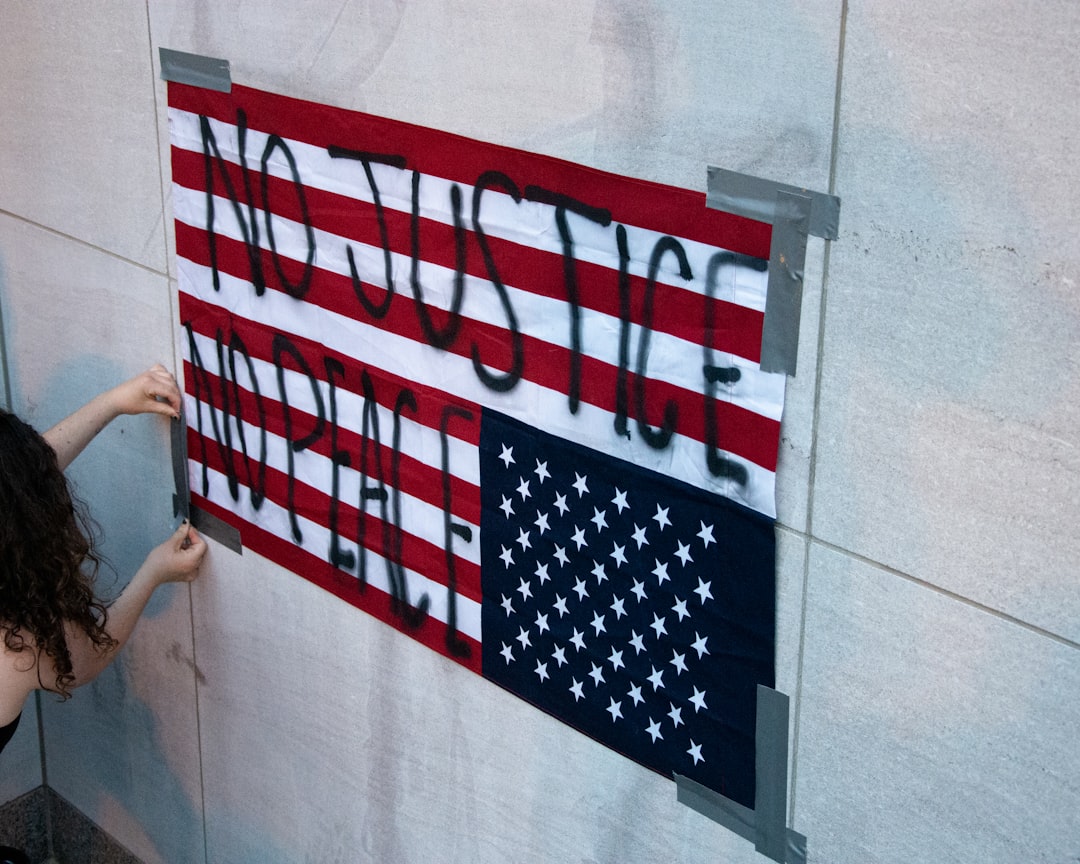Trump's Bombshell Gaza Plan: Hostage Swaps, a New Government, and the One Missing Detail That Changes Everything

A New Path to Peace?
WASHINGTON, D.C. – In a stunning move that has sent shockwaves through the international community, U.S. President Donald Trump has unveiled an ambitious 20-point peace plan for Gaza. More shockingly, he declared that both Israel and Hamas have already "signed off on the first phase" of the deal, signaling a potential end to two years of brutal conflict.
Flanked by Israeli Prime Minister Benjamin Netanyahu at a White House ceremony on September 29th, Trump laid out his vision for a "strong, durable, and everlasting peace." Netanyahu confirmed his nation's acceptance of the terms, lending significant weight to the announcement and setting the stage for a dramatic shift in regional dynamics.
The Deal's Explosive Details
At the heart of the proposal are several groundbreaking concessions reportedly made by Hamas. According to a statement from the group on October 3rd, they have agreed to a series of major steps, including:
- A Full Hostage Release: Hamas has committed to returning all 48 remaining hostages currently held in Gaza.
- A Prisoner Exchange: The hostage release is contingent on a reciprocal release of Palestinian prisoners and detainees from Israeli jails.
- A Technocratic Takeover: In what could be the most significant development, Hamas has reportedly agreed to the concept of handing over the governance of Gaza to a neutral body of Palestinian technocrats.
The plan's very first point mandates that Gaza will be a "deradicalised" state, a monumental task that will be overseen by a coalition of mediators from the United States, Qatar, Egypt, and Turkey once an initial ceasefire is firmly in place.
The Glaring Omission
Despite the optimism surrounding the initial agreement, regional analysts are pointing to a massive, potentially fatal flaw in the plan's framework. While the White House has provided extensive details, the 20-point proposal makes no explicit mention of the requirement for Hamas to disarm its military wing.
This glaring omission has raised serious questions about the long-term viability of the peace deal. Can a lasting peace truly be achieved while Hamas remains a potent armed force? Critics worry this could be a critical stumbling block that derails the entire process as negotiations enter more delicate stages.
As the world watches, the path forward remains uncertain. While the agreement on phase one marks incredible progress, the question of disarmament looms large, threatening to unravel this fragile hope for peace before it can even begin.


